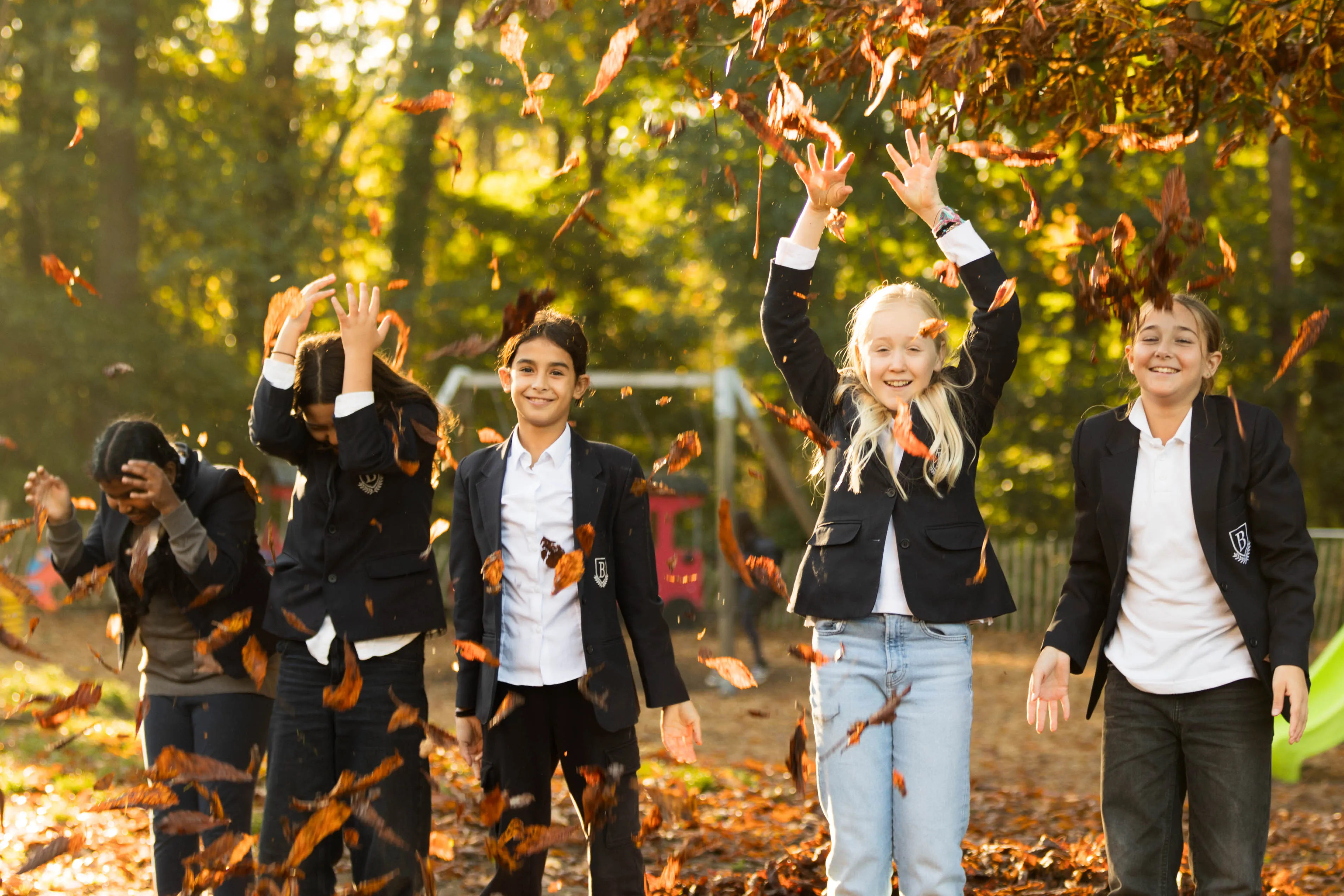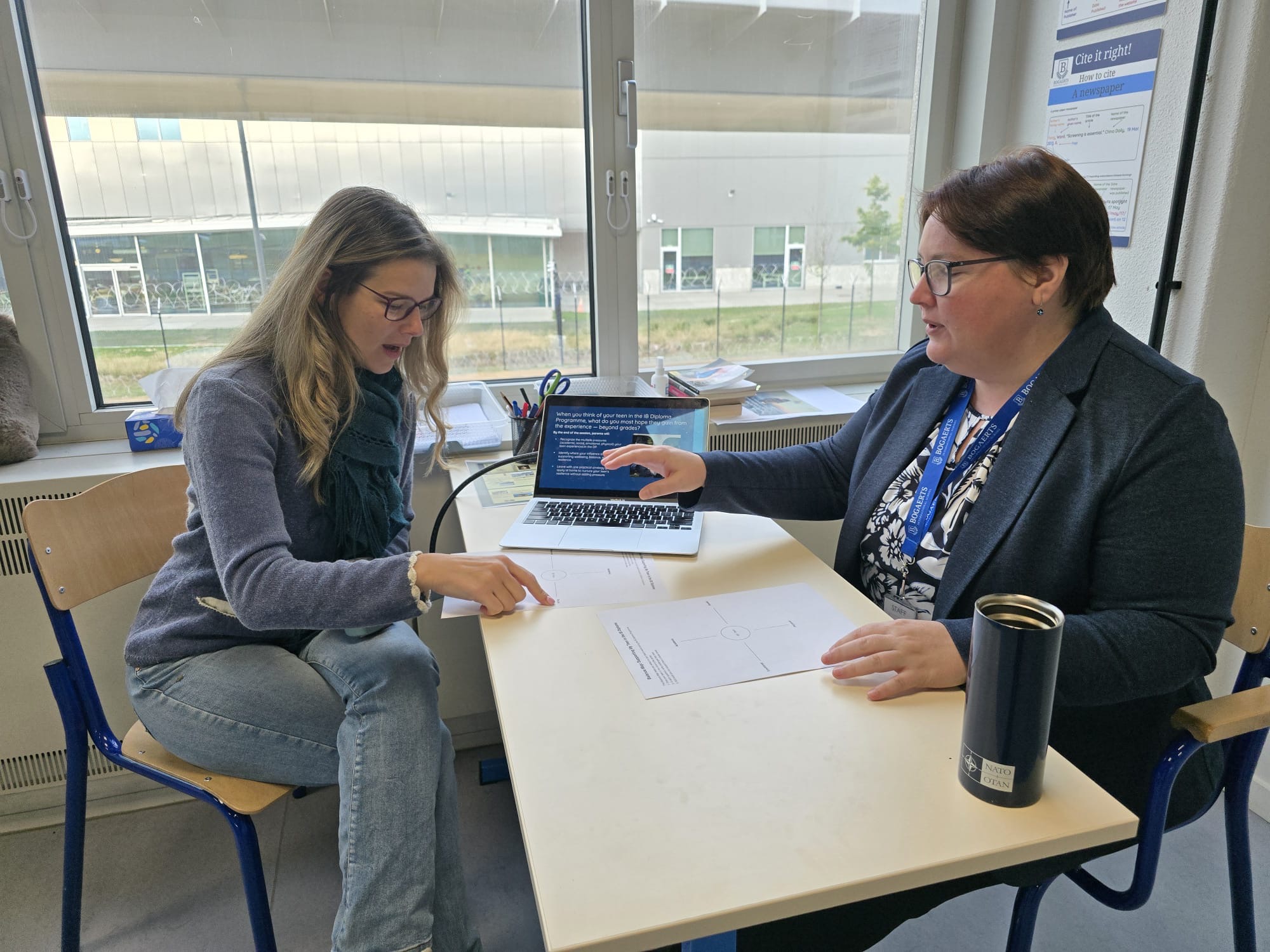Meaningful experiences with parents

Parents immersed themselves in experiences a child would encounter in the classroom. In our attempt to showcase what concept-based inquiry-based learning looks like, during our first engagement with parents in this academic year, they were split into two pairs of groups and each of them received one random fact.

The first fact, which was about the wooden tables in the room, aimed at having parents think whether the information was true or not. Some guessed it was true; however, did they know for sure? “Imagine you are 5 years old. How can you find out if this is a true fact?” invited the educators. With the educators’ guiding question, parents thought, bounced off ideas and suggested realistic ways of discovering the truth.
But, what was the indirect aim of this experience? We wanted to allow parents to come up with their own recommendations and solutions. We wanted them to experience what children experience: everyone aspires to have their ideas heard and appreciated, if a safe space is created for that to happen.
The second fact, which was about dinosaurs, had the parents think about the importance of the information and the impact it had or not on them. “Who was interested in this fact?” guided the educators. We emphasised how the interest we hold for something can reinforce our learning and help us retain new knowledge. Simultaneously, and after only a handful of parents expressed interest in the fact about the dinosaurs, we stressed the value of inclusive education. How can we ignite every child’s interest and passion for learning?
These engagements represented an opportunity for parents to get inspired by the materials available in our school’s Art Atelier and to create something. As seen in the pictures that follow, parents exercised their creativity and embraced their individuality by following what they had in mind, driven perhaps by their images, own skills, background, inspirations, and interests.
Are we all alike? Are we all interested in the same things? Do we all have to produce a perfect or an identical artwork?
When even the human eyes see objects and visuals in different ways (Elaun, 2016), can we really request children to view things through a single lens, our lens?
When there is an abundance of things to admire in this world, can we really limit the children’s choice and perception?
We look forward to a multitude of experiences that will broaden our horizons. Happy school year!

References:
Elaun, S. (2016). Introducing Visual Arts to Montessori Classrooms. Nature of Art for Kids Publishing; California











.png)

















































